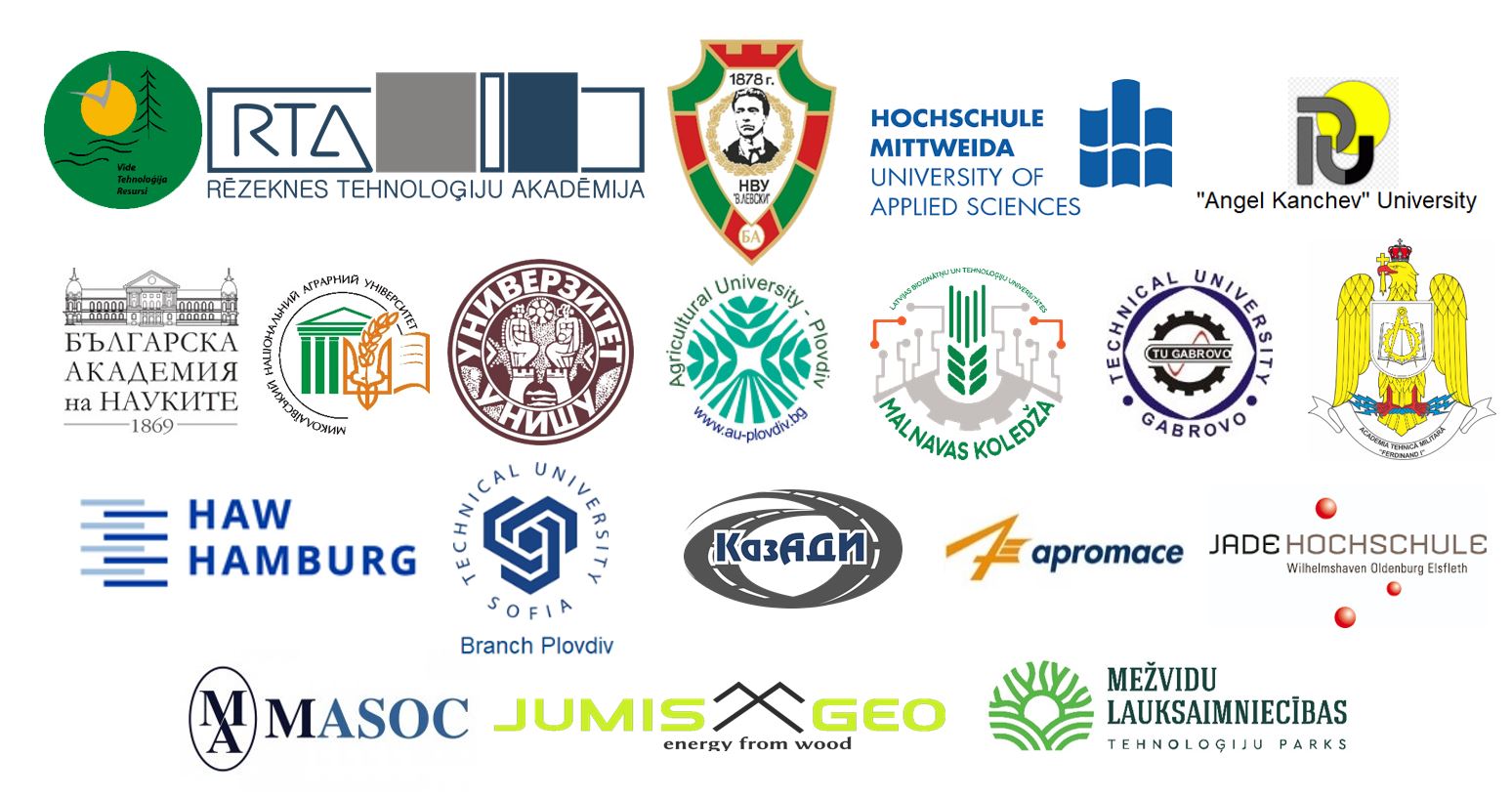DYNAMIC SIMULATION MODEL FOR SUSTAINABLE MUNICIPALITY DEVELOPMENT IN VIDZEME REGION, LATVIA
Last modified: 05.06.2017
Abstract
Authors in this research paper publish the results of system dynamic simulation modelling in the field of sustainable development planning, monitoring and evaluation for all 26 Latvia Vidzeme region municipalities. As the most notable research outcome, authors created original socio-technical system dynamic simulation model in STELLA modelling environment valid for sustainable development evaluation purposes.
After successful verification and validation process of this model authors reached the significant results for improved methodology of dynamic systems evaluation process reliability of sustainable development in Vidzeme region municipalities. Methodology, proposed by authors roots into the quantitative statistical data analysis and system dynamic process simulation modelling.
Keywords
References
[1] Sneirson J. D. Green Is Good: Sustainability, Profitability, and a New Paradigm for Corporate Governance. Iowa Law Review, 2009, p. 987 – 1022. [Online]. Available: https://www.researchgate.net/profile/Judd_Sneirson/publication/49250458_Green_Is_Good_Sustainability_Profitability_and_a_New_Paradigm_for_Corporate_Governance/links/00b7d532983369752c000000.pdf [Accessed: Dec. 16, 2016].
[2] Shen, L.Y., Ochoa, J.J., Shah, M.N. and Zhang, X. The application of urban sustainability indicators–A comparison between various practices. Habitat International, 35(1), 2011, pp.17-29. [Online]. Available: http://ftp.utalca.cl/redcauquenes/Papers/aplication%20urban%20sustainability%20indicators.pdf [Accessed: Dec. 17, 2016].
[3] Council of the European Union. Renewed EU Sustainable Development Strategy. Brussels, 2006, p. 29.
[4] Ciegis, R., Ramanauskiene, J. and Martinkus, B. The concept of sustainable development and its use for sustainability scenarios. Engineering Economics, 62(2), 2015, p. 28-3. [Online]. Available: https://www.researchgate.net/profile/Jolita_Ramanauskiene/publication/228639830_The_Concept_of_Sustainable_Development_and_its_Use_for_Sustainability_Scenarios/links/55e6a50a08aec74dbe74eeae.pdf [Accessed: Dec. 18, 2016].
[5] Brundtland, G.H. and Khalid, M. Our common future. New York, 1987.
[6] Vidzeme Planning Region. Vidzeme Planning Region Sustainable Development Strategy 2030 (in Latvian). 2015. [Online]. Available: http://jauna.vidzeme.lv/upload/VIDZEMES_PLANOSANAS_REGIONA_ILGTSPEJIGAS_ATTISTIBAS_STRATEGIJA.pdf [Accessed: Dec. 23, 2016].
[7] Venkatesh G. Triple Bottom Line Approach to Individual and Global Sustainability. Problems of Sustaianble Development, 5, 2010, p. 29 – 37. [Online]. Available: http://www.eco-web.com/edi/090130.html [Accessed: Dec. 15, 2016].
[8] Elkington J. Cannibals with forks: The triple bottom line of 21st century business. Oxford: Capston Publishing Ltd, 1997, p. 269.
[9] Hubbard G. Measuring Organizational Performance: Beyond the Triple Bottom Line. Business Strategy and The Environment, 19, 2009, pp. 177 – 191. [Online]. Available: http://www.grahamhubbard.com.au/articles/MeasuringOrganizationalPerformance.pdf [Accessed: Dec. 10, 2016].
[10] Savitz A. W., Weber K. The Triple Bottom Line. USA: Jossey – Boss, 2006, p. 300.
[11] Slaper T. F., Hall T. J. The Triple Bottom Line: What Is It and How does It Work? Indiana Business Review, Spring, 2011, pp. 4 – 8. [Online]. Available: http://www.ibrc.indiana.edu/ibr/2011/spring/article2.html [Accessed: Dec. 20, 2016].
[12] Macal C. M. Model Verification and Validation. Workshop on "Threat Anticipation: Social Science Methods and Models". The University of Chicago and Argonne National Laboratory April 7-9, 2005, Chicago, IL. [Online]. Available: https://pdfs.semanticscholar.org/2b44/3950272309c0e3b05f901b6e8f607a75d8a6.pdf [Accessed: Dec. 29, 2016].
[13] Walker, G.H., Stanton, N.A., Salmon, P.M. and Jenkins, D.P. A review of sociotechnical systems theory: a classic concept for new command and control paradigms. Theoretical Issues in Ergonomics Science, 2008, 9(6), pp. 479-499. [Online]. Available: https://www.researchgate.net/profile/Neville_Stanton/publication/240239070_A_Review_of_Sociotechnical_Systems_Theory_A_Classic_Concept_for_New_Command_and_Control_Paradigms/links/00b7d52de62c689b89000000.pdf [Accessed: Dec. 28, 2016].
[14] Vesperis V. Formation of the EU Development Index. Proceedings of the Latvia University of Agriculture, 2012, 28(1), pp. 29-37. DOI: 10.2478/v10236 012 0012 3
[15] Livina A, Druva-Druvaskalne I. The Sustainable Development Profile Structure in the Biosphere Reserve. Sustainable Planning Instruments and Biodiversity Conservation, 78, 2009, p. 49. [Online]. Available: http://195.13.189.219/IS/bio_information.nsf/C321178940B0ED28C22576340056A65F/$file/14.pdf#page=49 [Accessed: Dec. 20, 2016].
[16] Leimanis J. Analysis of Gross Domestic Product Dynamics and Trends in the Republic of Latvia (in Latvian). 2016. [Online]. Available: https://prezi.com/tpdatsijphmc/latvijas-republikas-iekszemes-kopprodukta-dinamikas-un-tendencu-analize/ [Accessed: Jan. 20, 2017].
